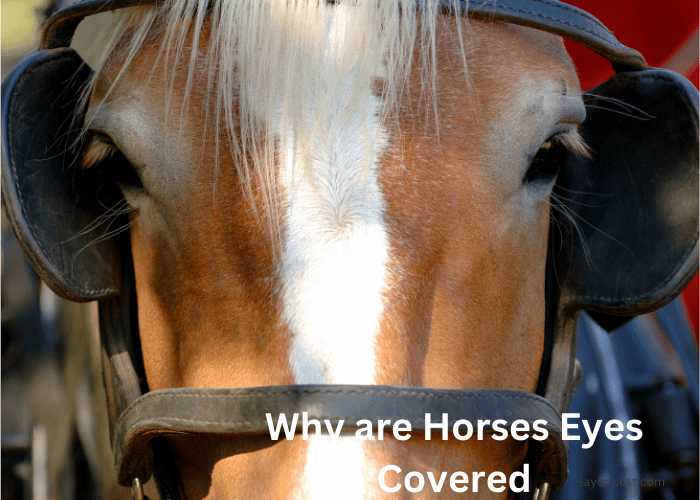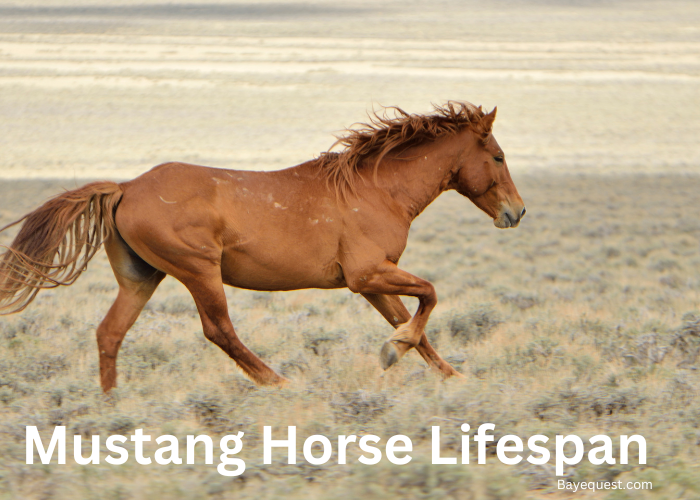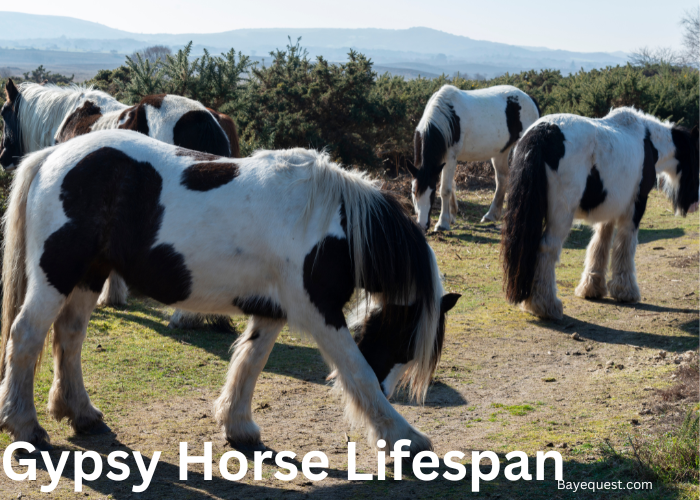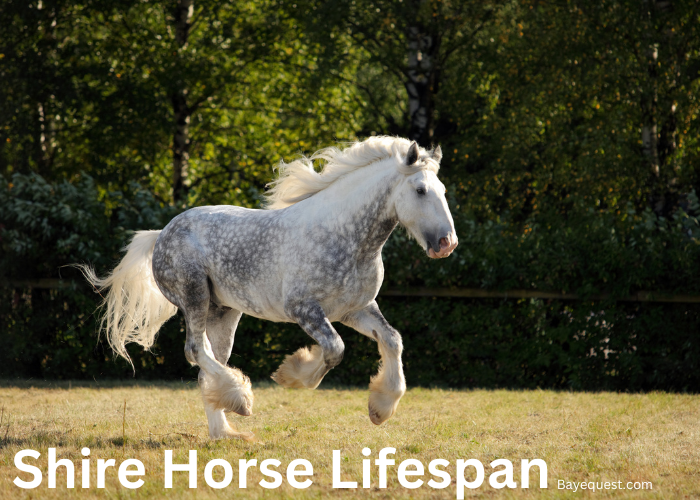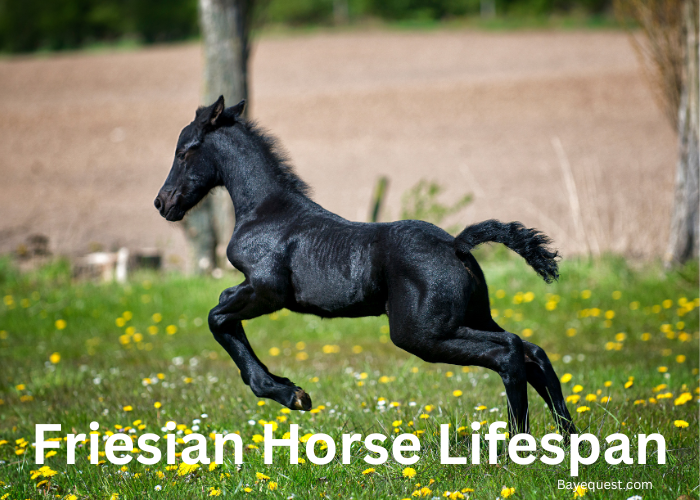Did you know that covering a horse’s eyes can actually be a sign of care? With years of experience in equine therapy and training, I’ve learned that what might seem peculiar at first glance has deep roots in enhancing a horse’s comfort and focus.
Many horse owners and lovers find themselves puzzled by this sight, questioning the reasons behind it.
This article aims to shed light on this practice, explaining its benefits and the science behind it. Dive in to understand the thoughtful considerations behind covering horses’ eyes.
Why are Horses Eyes Covered? Key Takeaway
Horse eyes are covered with either blinders or fly masks. Blinders help prevent the horse from spooking and keep it focused by limiting its vision. Fly masks protect the horse’s eyes and face from flies and harsh light. Both ensure the horse’s safety and comfort.
What’s the Cover on a Horse’s Face Called?
When you spot a horse sporting a “cover” over its face, you’re likely observing one of several types: a blinker, visor, blindfold, or fly mask.
Each serves a unique purpose, as we’ll explore shortly. Despite their differences, these face covers share a common goal: to enhance the horse’s vision for better performance.

5 Reasons to Cover Horse Eyes
Covering the horse’s eyes helps in many ways, whether at home, on the road, or in the ring. The following are a few reasons why trainers and owners cover their horses’ eyes;
Limiting the field of view
The horse’s wide range of vision impacts their focus. It increases awareness of the surroundings but compromises their ability to focus on what’s in front of them. That’s why horses lift their heads to focus.
A face cover improves focus by narrowing the field of vision. Thus, the horse no longer needs to raise their heads to see objects more clearly.
For example, imagine a carriage horse pulling a vehicle through a small town. The horse may be distracted by the incredible views on both sides.
As prey animals, they would be worried about the movement around them. A special cover to limit their field of view blocks the distractions, allowing the horse to focus on the road ahead.
Similarly, racehorses may be frightened if they constantly see other horses chasing them. Their immediate instinct is to escape. So, limiting their view to block out the other horses allows them to focus on the race.
Safety and protection
Besides narrowing the field of vision, some face coverings increase the horse’s safety by protecting them from injuries, sunlight, and insects.
For example, some owners use covers to protect delicate parts of the eye from harsh weather conditions.
Coverings can also protect horses with moon blindness (equine recurrent uveitis). Covering the inflamed areas provides some relief. Of course, covers also block out flying pebbles and twigs that may injure the horse’s eyes.
Additionally, face covers can help horses ward off flies. Of course, the horse will always use their tail to flick flies away. But they need a bit of help if they’re overwhelmed.
You should also consider face covers if your horse is allergic to UV rays. This is especially common in light-colored horses with blue eyes.
Read also: Common Myths About Blue-Eyed Horses.
Reducing stress and anxiety
Occasionally, the horse may become overly anxious. For example, horses are highly uncomfortable in dark, confined spaces.
You’ll immediately notice their anxiety when entering a starting gate or trailer. Completely covering the horse’s eyes reduces stress and anxiety.
Similarly, covering their eyes may help during emergency procedures. For example, you may notice a nervous breakdown during injections.
Similarly, you don’t want the horse to witness a surgical procedure. The experience can be traumatic to even the bravest horses. So, it’s wise to cover their face.
Finally, some people may cover a horse’s face to protect them from experiences that may cause PTSD. For example, covering the horse’s eyes is wise during a fire evacuation.
Interesting read: How Do Horses See?

Situations When Horses Wear Blinders
Horses wear blinders in various situations to help keep them focused and calm by restricting their peripheral vision. Here are some common situations where horse eye blinders are used:
Racing. Blinders are often used in horse racing to keep horses focused on the track ahead and prevent them from being distracted.
Driving. When horses are used to drive carriages or pull wagons, blinders help them concentrate on the path ahead and prevent them from being spooked by traffic, pedestrians, or other distractions.
Training. During training sessions, blinders help young or inexperienced horses stay focused on their tasks and not be easily distracted.
Working. Horses used in agricultural work often wear blinders to keep them focused and avoid distractions.
Therapeutic riding. In therapeutic riding programs, blinders might help horses remain calm and focused. This provides a safer and more controlled environment for riders with special needs.
Trail riding. Some horses may wear blinders on trail rides to help them stay focused on the trail and reduce the likelihood of spooking.
Parades and public events. Horses participating in parades or public events wear blinders to help them stay calm amidst the noise and crowds.
Types of Horse Eye and Face Covers
There are three main types of horse face covers fly masks, blinkers, and blindfolds, each with specific uses and benefits.
Fly Masks
Horses are like magnets for flies, attracting them wherever they go. Flies aren’t just annoying; they can rub horses the wrong way, literally, causing irritation and sometimes infections. And it gets worse: some flies carry diseases.
You might think about using sprays to fight off these pests. They do work, sometimes.
But, be careful; fly sprays can irritate a horse’s eyes, so it’s a no-go for the face. Plus, some flies just shrug off the sprays.
That’s where fly masks come in. They’re game-changers, keeping those pesky flies out without bothering the horse. And they’re easy on the wallet too.
When picking a fly mask, go for comfort and ensure it fits right. Look for ones with enough space around the eyes.
There are masks that cover the ears and even the muzzle for those who need extra protection. They’re made from mesh or fabric, often with a soft fleece lining around the nose and head, making them comfy for horses.
Related read: How to Prevent Horse Flies.
Blinkers and Visors
Blinkers are special headgear made of leather or plastic cups attached to the harness. They cover the back end of each eye to narrow the field of view.
Thus, the blinker is the most effective tool in improving the horse’s visual focus. It narrows the visual range, forcing the horse to focus on the objects before them. This reduces distraction while improving concentration.
The owner decides how much they with to restrict the horse’s vision. For instance, racers may reduce the visual range from the usual 350 degrees to around 200 degrees, giving the horse a similar visual range to humans.
Visors are special blinkers with a small cut in the side that allows the horse to glimpse their surroundings.
It’s most common in racing events, especially if the horse is nervous. The small hole eases their fears by allowing them to view the other horses around them.
Blindfolds
Blindfolds are thick fabric or leather covers completely blocking the horse’s vision. A few are also made of plastic.
They are only necessary in extreme cases. The best example is during a fire outbreak. Horses are extremely emotional animals that easily lose their calm in fire situations.
So, you’ll often find rescue teams blindfolding the horse before leading them away. Similarly, some horses have a tight bond with the owner and may act up if you attempt to separate them.
So, blindfolding is the only solution if you must separate the two.
Finally, blindfolds are invaluable during medical emergencies. Horses are easily spooked in situations such as surgeries, especially with so many new faces around.
Blindfolding shields them from the new experience, keeping them calm throughout the procedure.
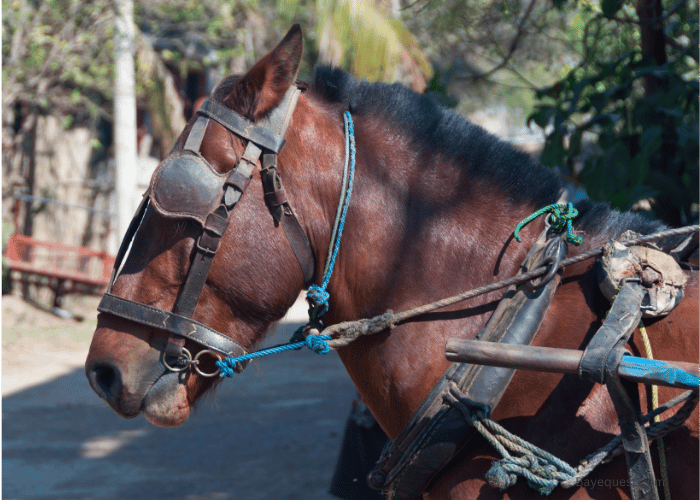
How to Safely Cover Your Horse’s Eyes
Unsurprisingly, covering the horse’s eyes, whether fully or partially, isn’t a walk in the park.
As flight animals, they feel greatly threatened if they cannot see. So, they don’t willingly allow anyone to cover their eyes, especially strangers.
The first time, in particular, can be a nightmare. The horse may have a serious overreaction, jumping and kicking with rage.
The following is a step-by-step guide to help you blindfold your horse safely without injuries.
Safety First
Halter the horse safely: Never cover the horse’s eyes without haltering them appropriately. More importantly, use reliable halters with no visible weak points.
Hook them onto something: Horses are strong animals that easily overpower grown men. So, it’s best to hook them onto a stationary object. Don’t attempt to cover their face in a wide, open paddock.
Be gentle to avoid injuries: Eye covers can cause injuries if you don’t fit them properly. For instance, twisting the cover around the horse’s face can cause bruises and cuts. Take precautions to avoid injuries.
Except for blindfolds, ensure the horse can see: Designers and manufacturers make highly comfortable covers that allow the horse to graze and move about freely when fit properly. However, the fitting method can completely block the horse’s view. Alternatively, the cover can slide out of position, partially or fully blocking the horse’s view. This increases the horse’s anxiety.
Never blindfold horses for too long: Don’t make it a habit. Instead, blindfold the horse only if you must. Additionally, remove the blindfold when you accomplish your objectives to save the horse from the trauma.
Step-By-Step Guide to Put Blinders on Horses
The exact steps when putting blinders on a horse vary depending on the type of cover and the design. But the general approach is as follows;
Show them the mask
Horses feel much more comfortable and less spooky if they know what’s coming. So, begin by showing them the face cover.
Different people approach this step differently. But a simple method is to stand beside them with your body facing forward.
Press the nose downward with your right arm to keep the head down. Then, use the left arm to raise the mask across their eyes slowly.
Slip the mask from the top
If you’re fitting a full-cover fly mask, start with the ears. Carefully slip the mask over one ear first.
Then, while supporting the horse’s head with one hand, guide the second ear into place. Next, smoothly pass the mask under the horse’s jaw.
Remember to be gentle throughout the process. And avoid standing right in front of the horse; they might accidentally bump you with their head.
Stretch the mask into position
Many people slip up at this step, potentially causing discomfort to the horse. Carefully adjust the mask into place, taking care not to harm the horse’s eyes or fit it too snugly.
A good sign that you’re on the right track is if the horse stays relatively calm during the process. If the horse seems agitated, take a moment to soothe it. If that doesn’t work, it’s best to remove the mask and begin again.
Tighten the mask securely
The face mask can fall off if you don’t tighten it properly. Or worse, it may slide, blocking the horse’s vision. Alternatively, an overly tight face cover can block blood vessels and damage soft cartilage.
Fortunately, most manufacturers indicate how to tighten it properly. Often, it’s tight enough if you cannot slide more than two fingers below the nose piece.
Read also: Why do horses eat manure?
FAQs
Can horses see through fly masks?
Yes, horses can see through fly masks. A regular mask is a semi-transparent material, typically with a mesh that allows the horse to see and hear without trouble. However, the material may impair the horse’s vision at night. So, plan accordingly and switch to special masks for horses that stay out 24/7.
Is it safe to ride a horse wearing a fly mask?
Yes, it is safe to ride a horse wearing a fly mask, provided the mask fits well and offers clear visibility. Fly masks protect the horse from insects and debris without hindering their sight or comfort, making them ideal for rides during bug-heavy seasons. Always ensure the mask is securely fastened
How long should you leave a mask on a horse?
You can keep a fly mask on your horse during the day when flies buzz around the most. But take it off at night, giving your horse a little break. Also, check regularly for any signs of rubbing or irritation. Make sure the mask is clean and fits just right, so your horse stays comfy.
Final words
Horses sometimes wear eye covers for safety reasons. Also, some covers narrow the horse’s range of vision, improving focus when riding through busy environments.
Or, you may blindfold the horse during a medical procedure. However, only use special face covers to minimize anxiety and the risk of injury.




